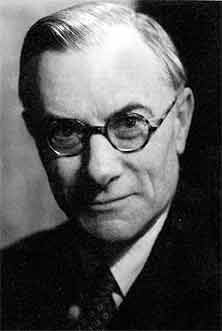
E.H. Carr’s The Twenty Years’ Crisis (1939), has a well-deserved reputation as a classic text that helped launch the academic discipline of International Relations (IR). Not only did Carr identify and dissect what would emerge as the two leading schools of thought in IR—utopianism and realism—he also applied a keen eye to the tumultuous decades after the Great War, when efforts to re-establish a functioning international political system foundered on a fundamental disruption to its most important operating principles. Carr framed these in terms of the relationship between power and morality, arguing that the latter had ultimately to accommodate itself to the changing dynamics of the former. Subsequent IR scholarship has mostly located Carr in the realist tradition of the discipline, concerned primarily with the balance of power and pursuit of national interest.
In what follows, however, I present him as part of a small group of mid-twentieth century intellectuals who tried to understand not so much the political irruptions of their time, but rather deeper disruptions within the world’s political economy. The Twenty Years’ Crisis certainly highlights how the balance of power within the international political system became dysfunctional during the 1920s and 1930s. But Carr did not confine his analysis to the diplomatic maneuvering of states, whether among themselves or at the League of Nations in Geneva. Instead, he drew on a broader tradition of political economy to place such maneuvering into the context of a fundamental disequilibrium in the international economy. It was not simply morality that had to accommodate itself to power during the interwar period; politics were also being recast to take account of new forms of international economic organization. Power, morality, politics, and economics were all in flux during the twenty years’ crisis. Carr reached for a political economy reading of this period across a number of publications before, during, and just after World War II.
More here.
